USDA California Climate Hub and Partners Release New Reforestation Planning Resources
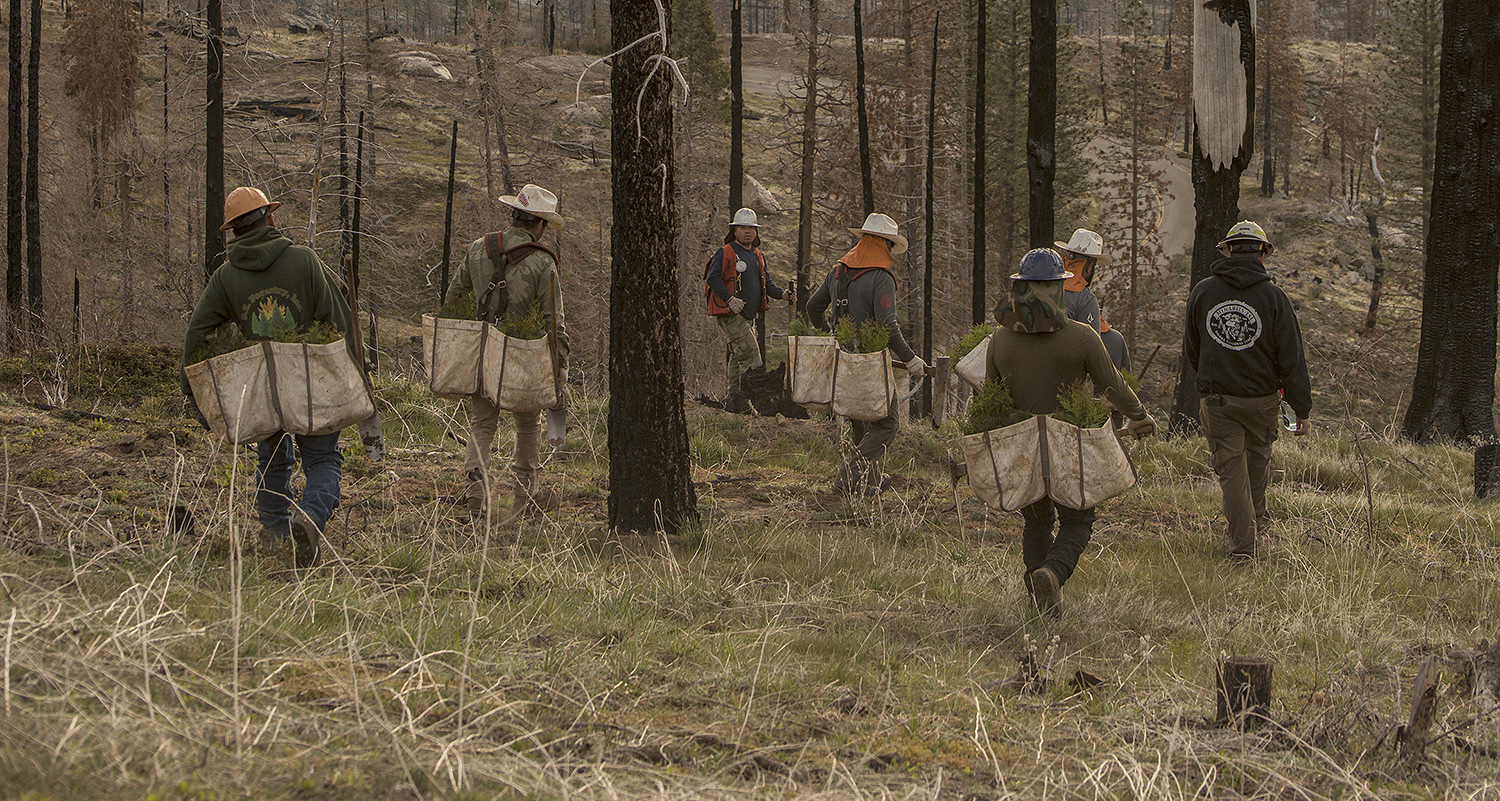
USDA California Climate Hub and Partners Release New Reforestation Planning Resources
September 30, 2025 – The recently launched California Reforestation Toolshed website consolidates a variety of reforestation resources into one location, improving access to essential reforestation guidance and science. The Toolshed was collaboratively developed by the USDA California Climate Hub, CAL FIRE, American Forests, the Southwest Climate Adaptation Science Center and University of California Agriculture and Natural Resources.
The Toolshed includes 12 new California Climate-Informed Reforestation Guidance booklets. These booklets provide regionally specific recommendations for site preparation, planting, and post-planting management actions that can help establish forests that are resilient to climate change and wildfires.
California Climate-Informed Reforestation Guidance Booklets:
California Public Seed Banks Complete Historic Cone Collection Year
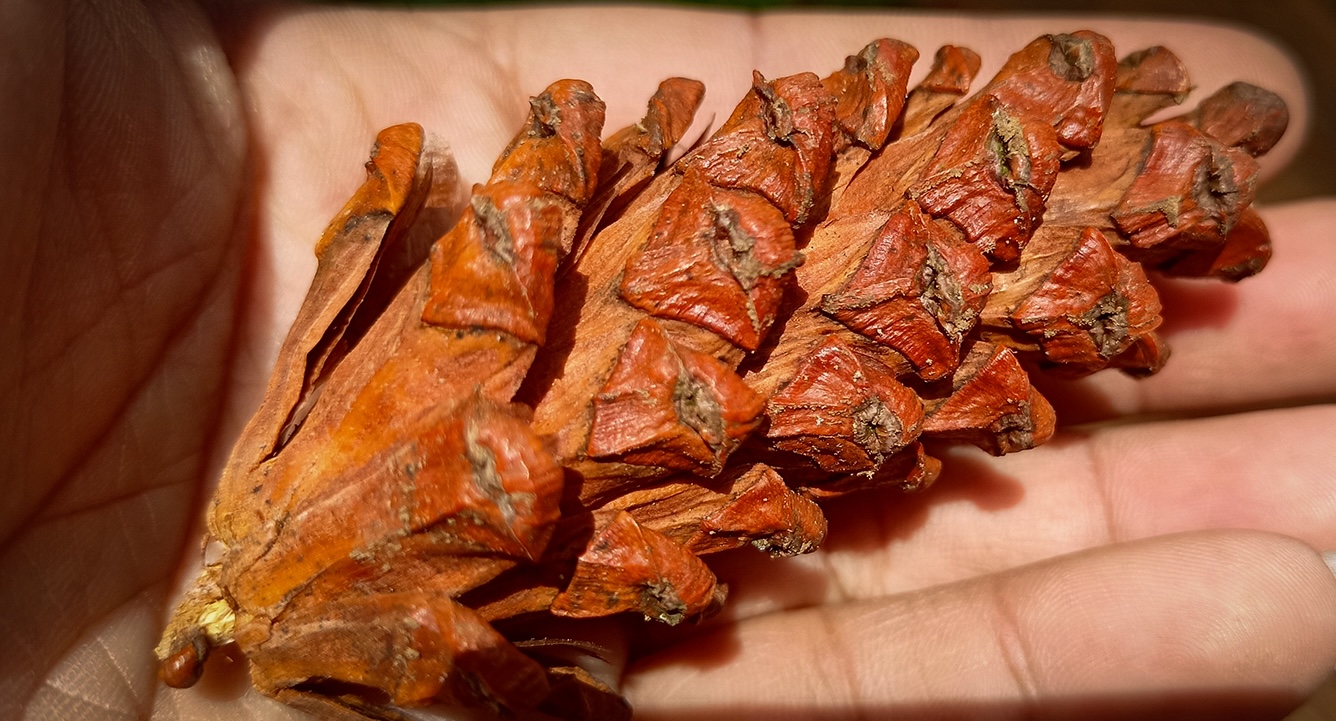
California Public Seed Banks Complete Historic Cone Collection Year
December 5, 2024 – California’s two public seed banks collected a total of 11,330 bushels of conifer seed-bearing cones in 2024. The U.S. Forest Service Placerville Nursery collected 6,700 bushels and CAL FIRE’s L.A. Moran Reforestation Center collected 4,630 bushels. 30% of the bushels collected in 2024 were supported by the California Reforestation Pipeline Partnership which helped increase cone collection in public seed banks in 2024 by 275% from the total collected in 2023. In addition to public seed banks, voluntarily reported private sector seed collection in California totaled 8,670 bushels which brings the statewide total to at least 20,000 bushels which could potentially reforest as much as 681,000 acres.
California Passes Proposition 4 — Providing $1.5 Billion for Wildfire Resilience
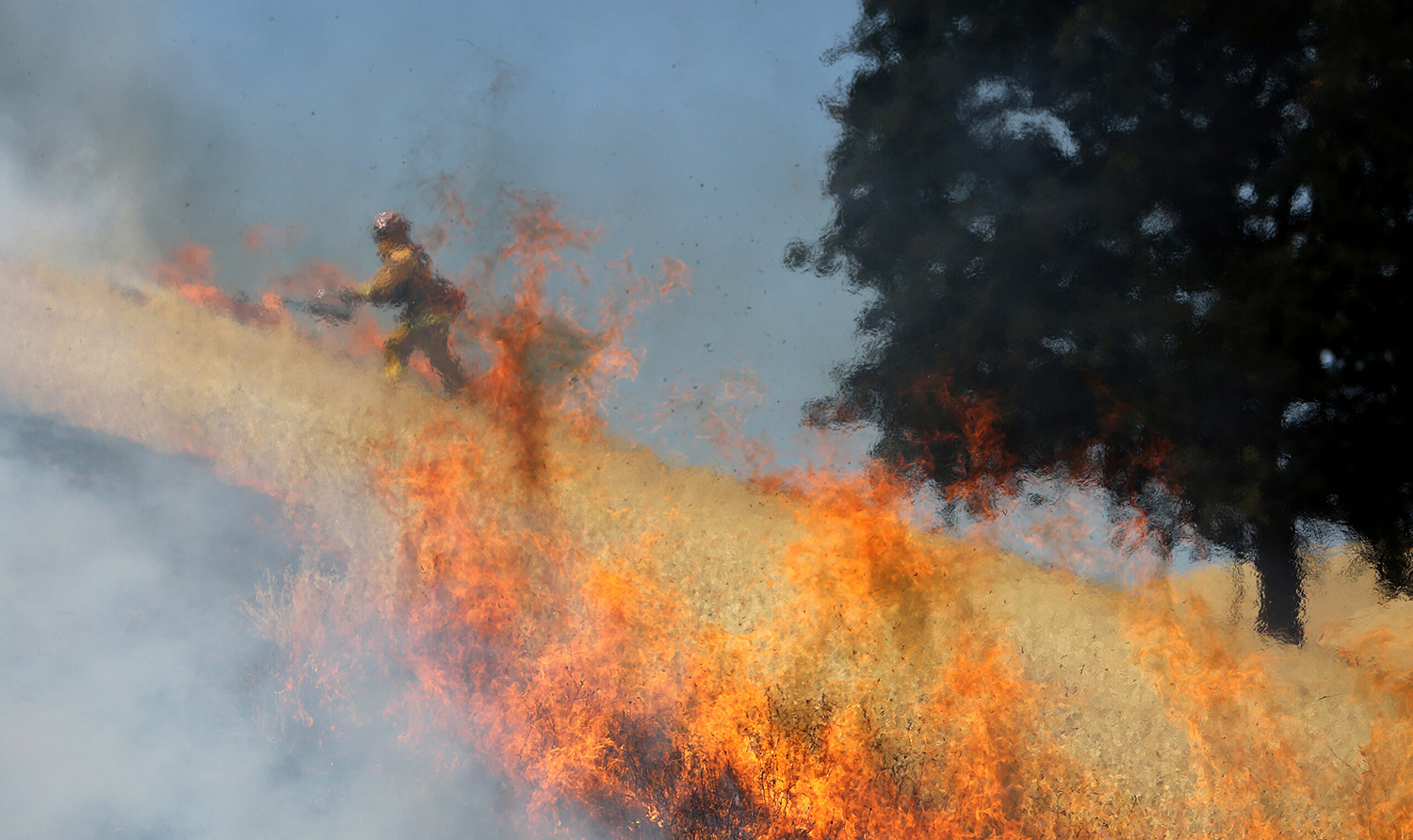
California Passes Proposition 4 — Providing $1.5 Billion for Wildfire Resilience
November 5, 2024 – Californians passed Proposition 4, the first-ever climate bond to go before California voters. The proposition provides $10 billion in bond funds for critical wildfire, flood protection, and other climate resilience projects around the state, including $1.5 billion for wildfire resilience. This funding will enable agencies to improve landscape health and resilience and protect communities from wildfire risks through programs such as the Regional Forest and Fire Capacity Program. The funding also includes $50 million for long-term capital infrastructure projects that utilize wildfire mitigation waste for non-combustible uses.
In addition to funding wildfire resilience, $1.2 billion will be used to protect natural lands and preserve biodiversity, with $870 million directed to the Wildlife Conservation Board to help the state to meet its goal to protect 30% of lands by 2030. The approval of Proposition 4 is a major advancement for California’s efforts to increase the pace and scale of wildfire and landscape resilience treatments, adapt to a changing climate, and reach goals set in the California’s Wildfire and Forest Resilience Action Plan.
UC Berkeley Launches Tool to Select Plant Seeds in a Changing Climate
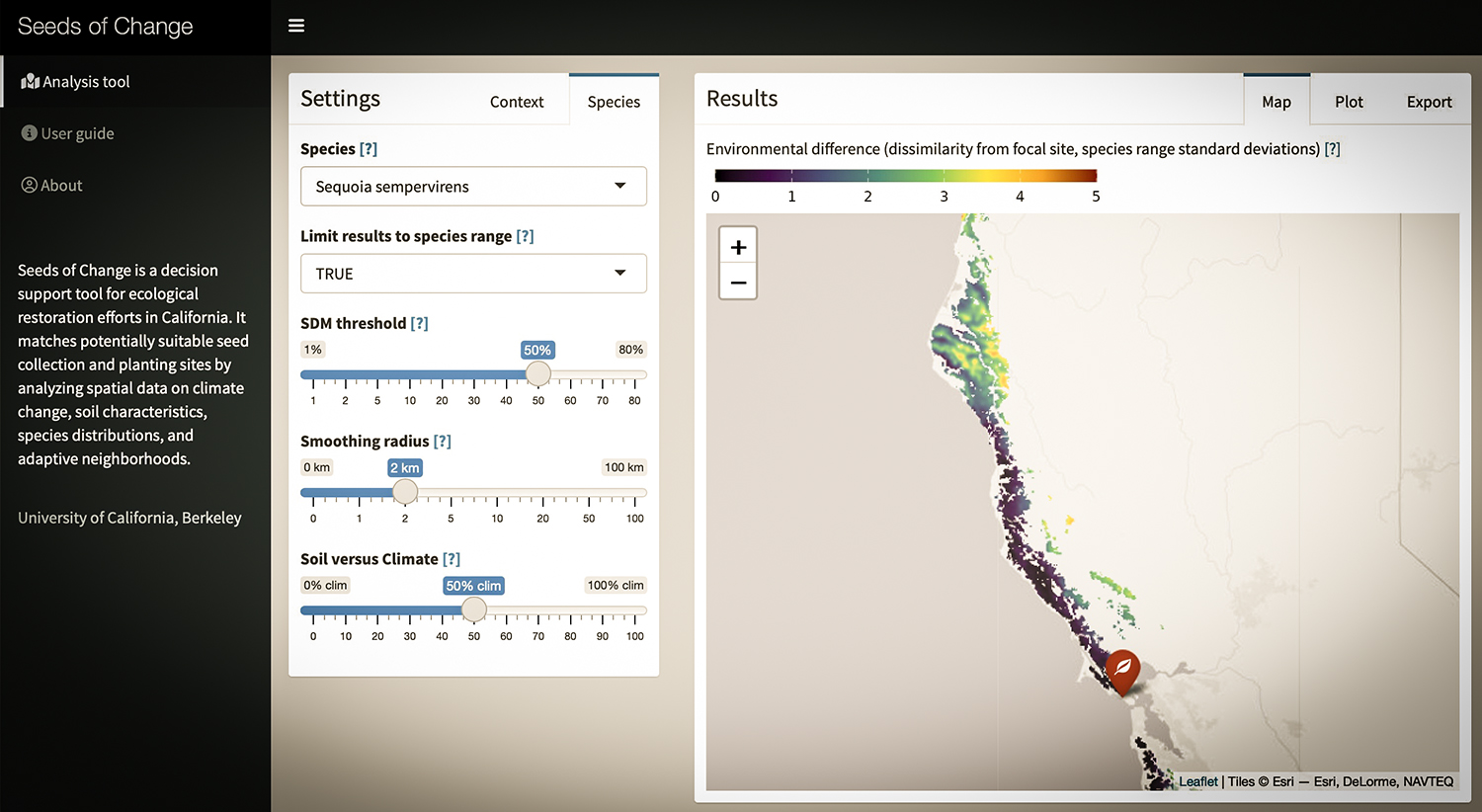
UC Berkeley Launches Tool to Select Plant Seeds in a Changing Climate
July 14, 2024 – UC Berkeley released a new spatial tool to help land managers in California select plant seeds for resilience to climate change. With the new online tool, called Seeds of Change, users can search by plant species, specify species parameters and climate change scenarios.
Users can search by plant species, specify species parameters and climate change scenarios, and click on the map to identify places to collect seeds to plant or places to plant with seeds from that site. Users can export a geographic information system (GIS) file of the results.
Climate resilient planting is an important strategy to create and maintain healthy landscapes that are less susceptible to catastrophic wildfire and adapted to a rapidly changing climate.
New Reports on Post-fire Restoration & Public Health Impacts of Wildfire
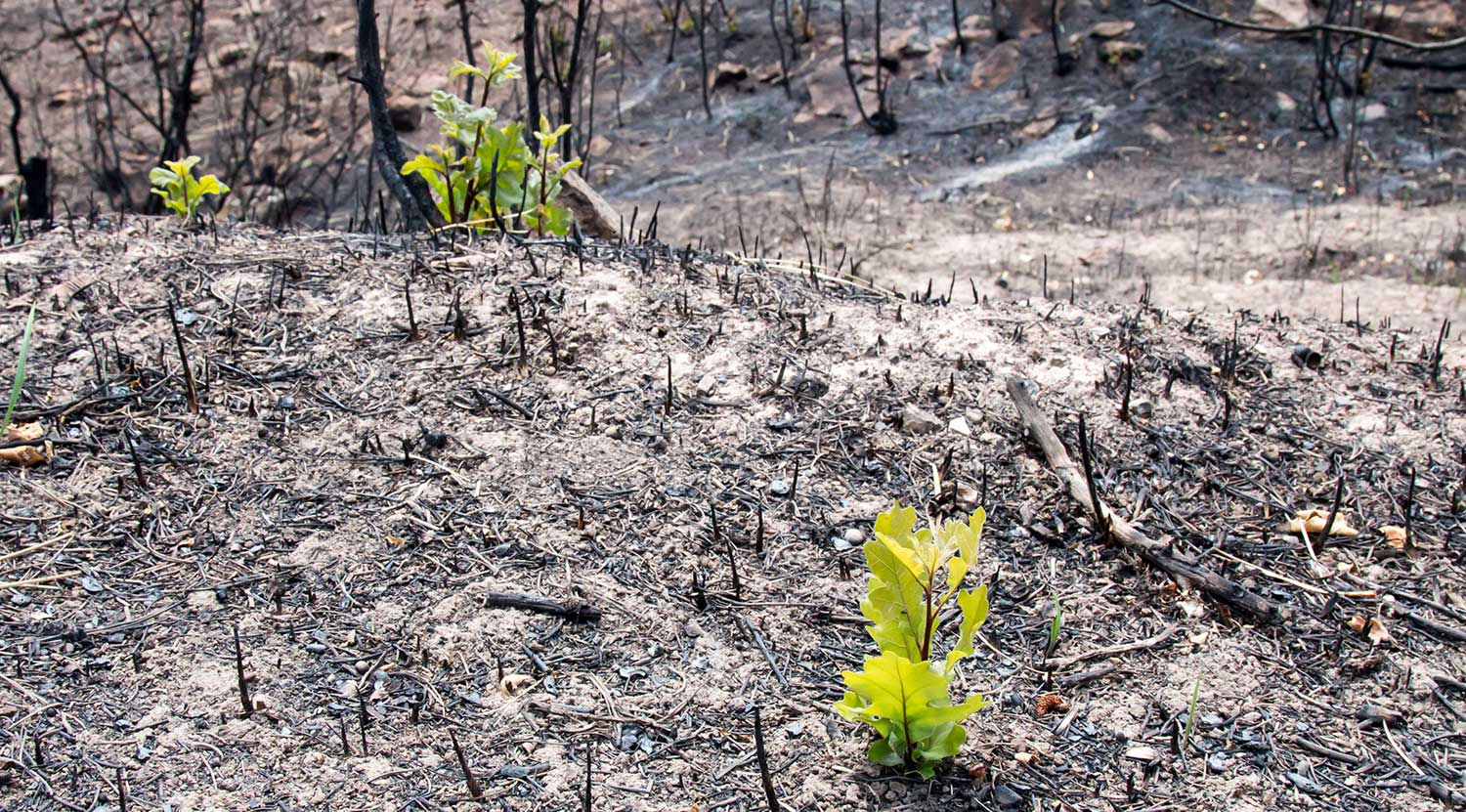
New Reports on Post-fire Restoration & Public Health Impacts of Wildfire
New Report on Emergency Forest Restoration Teams: Small private landowners often lack the funding, expertise, or time to undertake restoration work. To address these barriers, California’s Wildfire and Forest Resilience Action Plan called for the establishment of Emergency Forest Restoration Teams (EFRTs). In June, 2024 a report on lessons learned was released from three pilot EFRTs that were developed in late 2021 in response to the Dixie, Tamarack and Caldor Fires. The report provides key recommendations for future EFRTs to be successful.
New Report on the Public Health Impacts of Wildfire: This new scoping report covers the intersections of wildland fire and public health. Developed by UC Berkeley’s Center for Law, Energy, & the Environment in partnership with the Climate and Wildfire Institute, the report investigates key issues in the physical and mental health impacts of wildfire, provides an overview of the current state and federal policy landscape, and presents key recommendations for future resilience.
American Forests Partners with USDA Forest Service
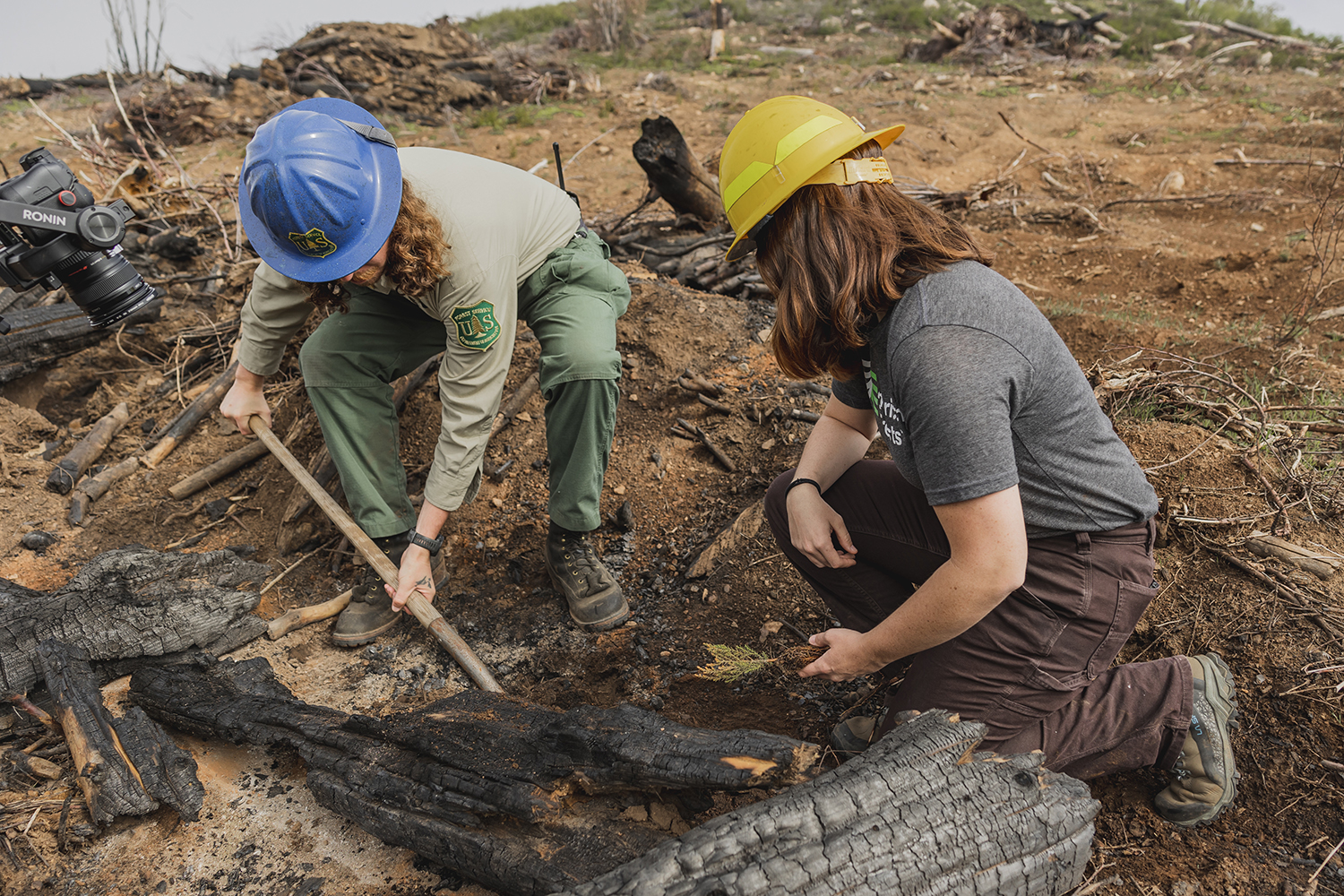
American Forests Partners with USDA Forest Service to Expand Reforestation Across National Forests
On December 6, American Forests announced a $20 million agreement with the U.S. Department of Agriculture Forest Service to help the agency address a 4-million-acre backlog of burned, damaged forests nationally over the next five years. Over 40% of the 4 million acres identified for reforestation are in California. Built on the foundation of the REPLANT Act, this will expand nursery production, grow the forestry workforce and increase seed collection capabilities. Together, the Forest Service and American Forests will use landscape-level planning and climate-informed restoration practices to advance goals identified in the agency’s National Forest System Reforestation Strategy.
$287 Million Available in CAL FIRE Grants for Wildfire Prevention and Forest Health
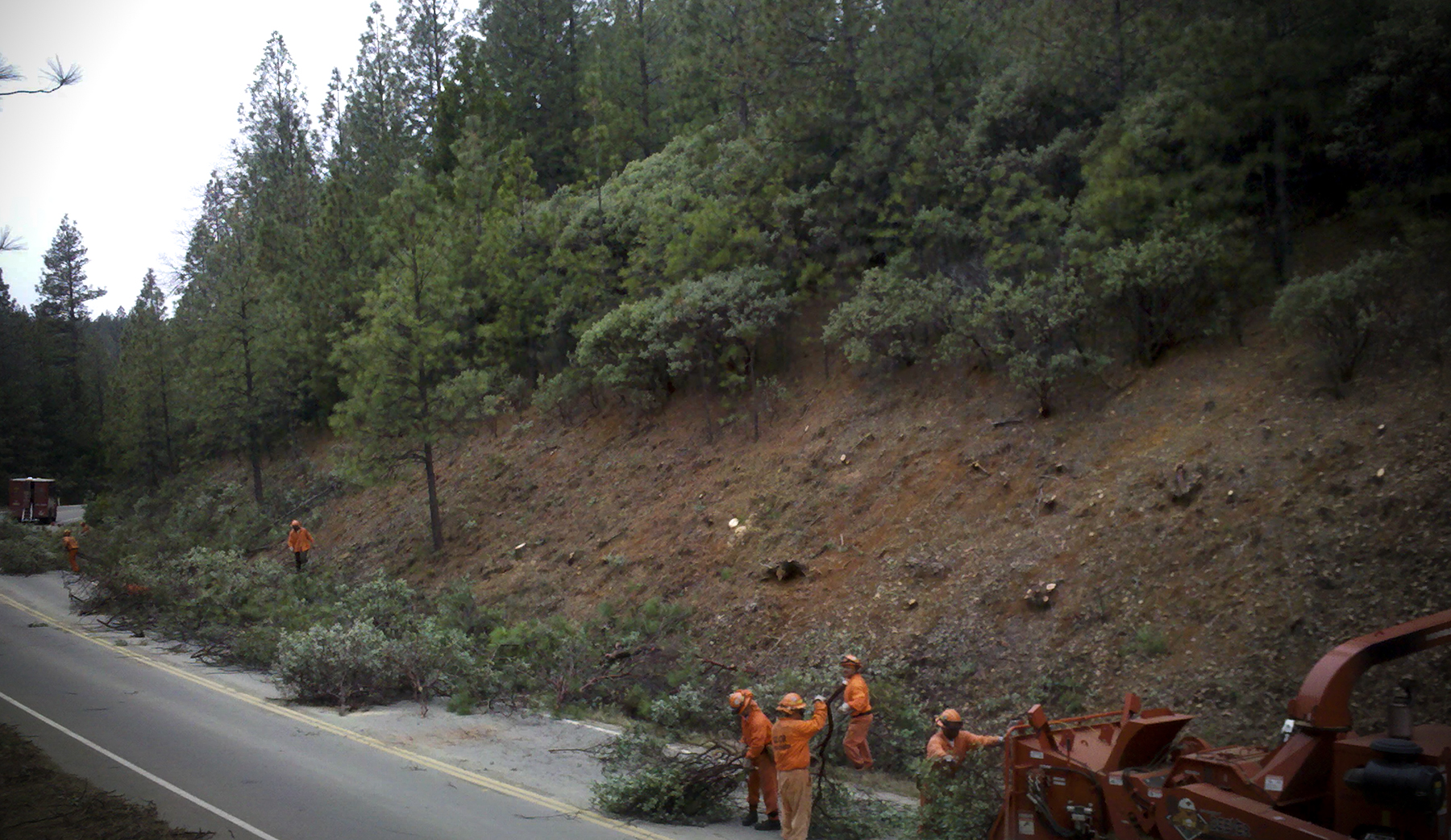
$287 Million Available in CAL FIRE Grants for Wildfire Prevention and Forest Health
$117 million will be allocated through CAL FIRE’s Wildfire Prevention Grant Program. Awarded projects will address the risk of wildfire and reduce wildfire potential to communities. Funded activities will include hazardous fuel reduction, wildfire prevention planning, and wildfire prevention education with an emphasis on protecting communities, improving public health and safety, while reducing greenhouse gas emissions. CAL FIRE also conducted a virtual workshop (watch it here) to explain the grant process and requirements. Applications are due January 10, 2024.
$120 million for Forest Health and $50 million for Post-Fire Reforestation and Regeneration projects are open for the solicitation through CAL FIRE’s Forest Health Program. Projects are intended to proactively prevent catastrophic wildfires and restore forests to healthy, functioning ecosystems while also sequestering carbon and reducing greenhouse gas emissions. Applications are due January 15, 2024.
New Online Treatment Dashboard to Track Wildfire Resilience Projects
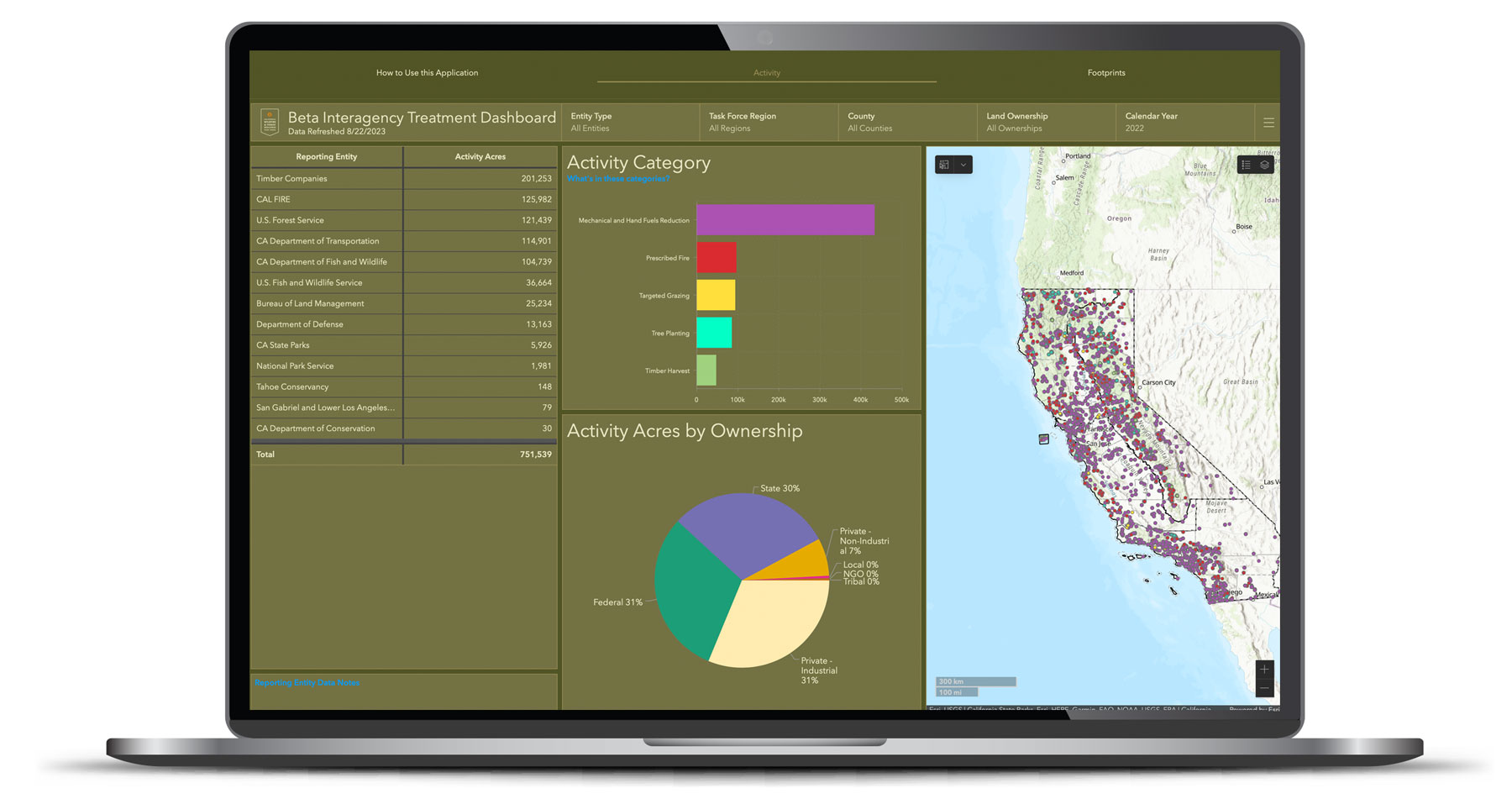
New Online Treatment Dashboard to Track Wildfire Resilience Projects
On August 29, the Governor’s Wildfire and Forest Resilience Task Force launched the beta version of a first-of-its-kind Interagency Treatment Dashboard beta that displays the size and location of state and federal forest and landscape resilience projects in California.
The dashboard offers a one-stop-shop to access data, provide transparency, and align the efforts of more than a dozen agencies to build resilient landscapes and communities in California. It reports treatment activities such as prescribed fire, targeted grazing, uneven-aged timber harvest, mechanical and hand fuels reduction, and tree planting. Users can sort treatments by region, county, land ownership and more.
The beta version of the dashboard will continue to be refined to include additional data, including projects by local and tribal entities, along with revisions based on public feedback. An official launch is expected in spring 2024 with more complete data on projects implemented in 2022.
June Progress on the Ground
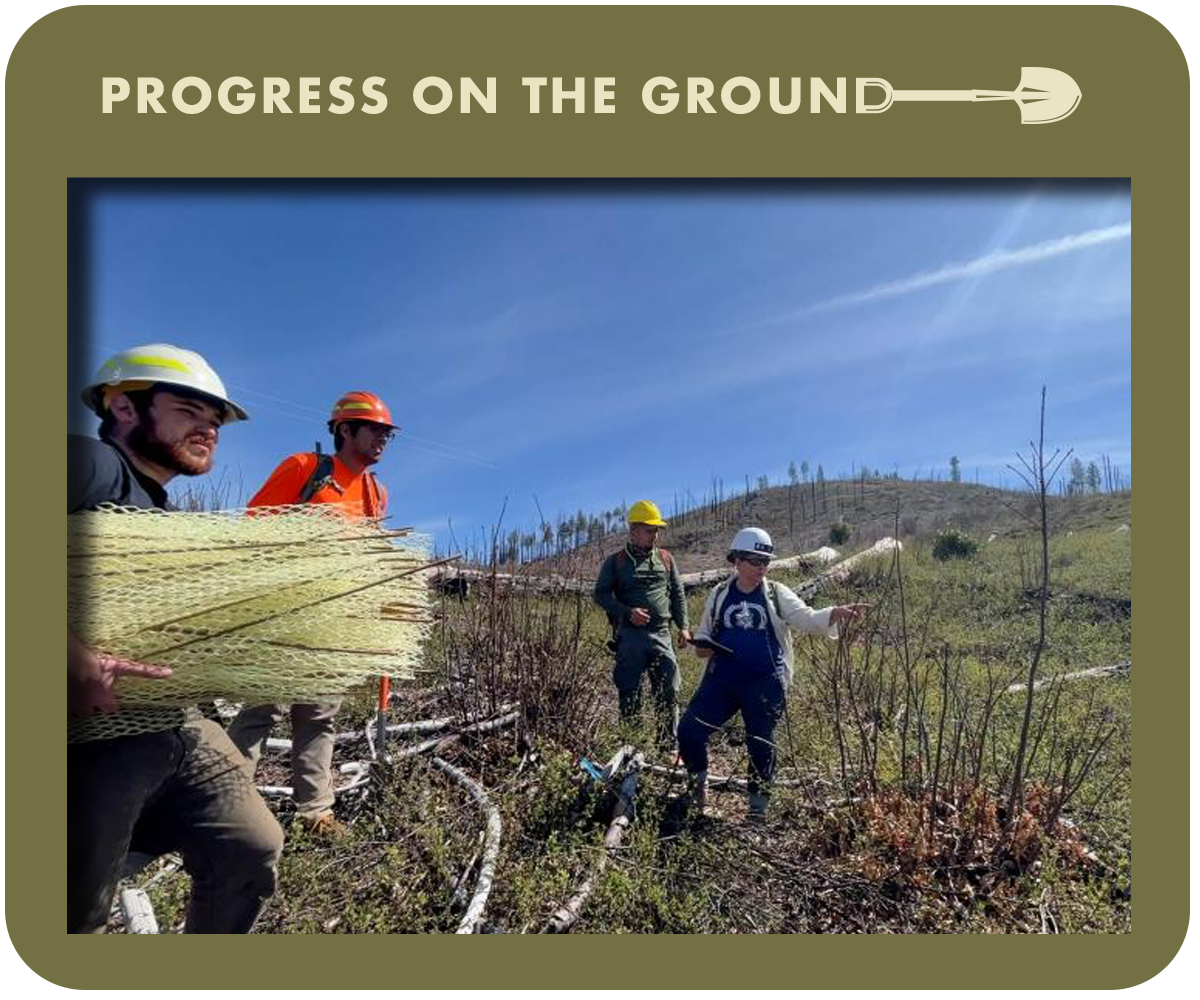
June Progress On The Ground
USFS Concow Resilience Project: Replanting trees is not as simple as it seems. The US Forest Service (USFS) and partners are restoring areas impacted by devastating wildfires in recent years, including the 2018 Camp Fire, and mitigating risks of future catastrophic wildfires with the Concow Resilience Project. The project re-establishes widely spaced oak and pine woodlands to more closely resemble how the land looked prior to European settlement.
USFS Teams up with Shasta College to Provide a Hands-on Learning about Forest Health: Shasta College’s Heavy Equipment Construction and Heavy Equipment Logging students have invested 120 hours this summer in the completion of a fuels reduction project at the Hirz Campground on Shasta Lake with implementation oversight provided by the USFS. Funding for the project was provided by the Shasta Resource Advisory Committee and funding for the Heavy Equipment Logging Operations Program is from California Climate Investments and administered by the CAL FIRE Forest Health Program.
River Pines Community Fuel Break: In the wake of the nearby 2021 Caldor Fire, local residents in Amador County are working with the Amador Fire Safe Council to put CAL FIRE Vegetation Management Program grant money to work to create a fuel break around their community.
The Vegetation Management Program (VMP) is a cost-sharing program that focuses on the use of prescribed fire, and some mechanical means, for addressing wildland fire fuel hazards and other resource management issues on State Responsibility Area (SRA) lands.
Landowners may choose to apply for participation in the Vegetation Management Program. If approved, CAL FIRE assumes the liability for conducting the prescribed burn.
RESOURCES
State Agencies Fund Wildfire Resilience, Habitat Restoration and Conservation Projects
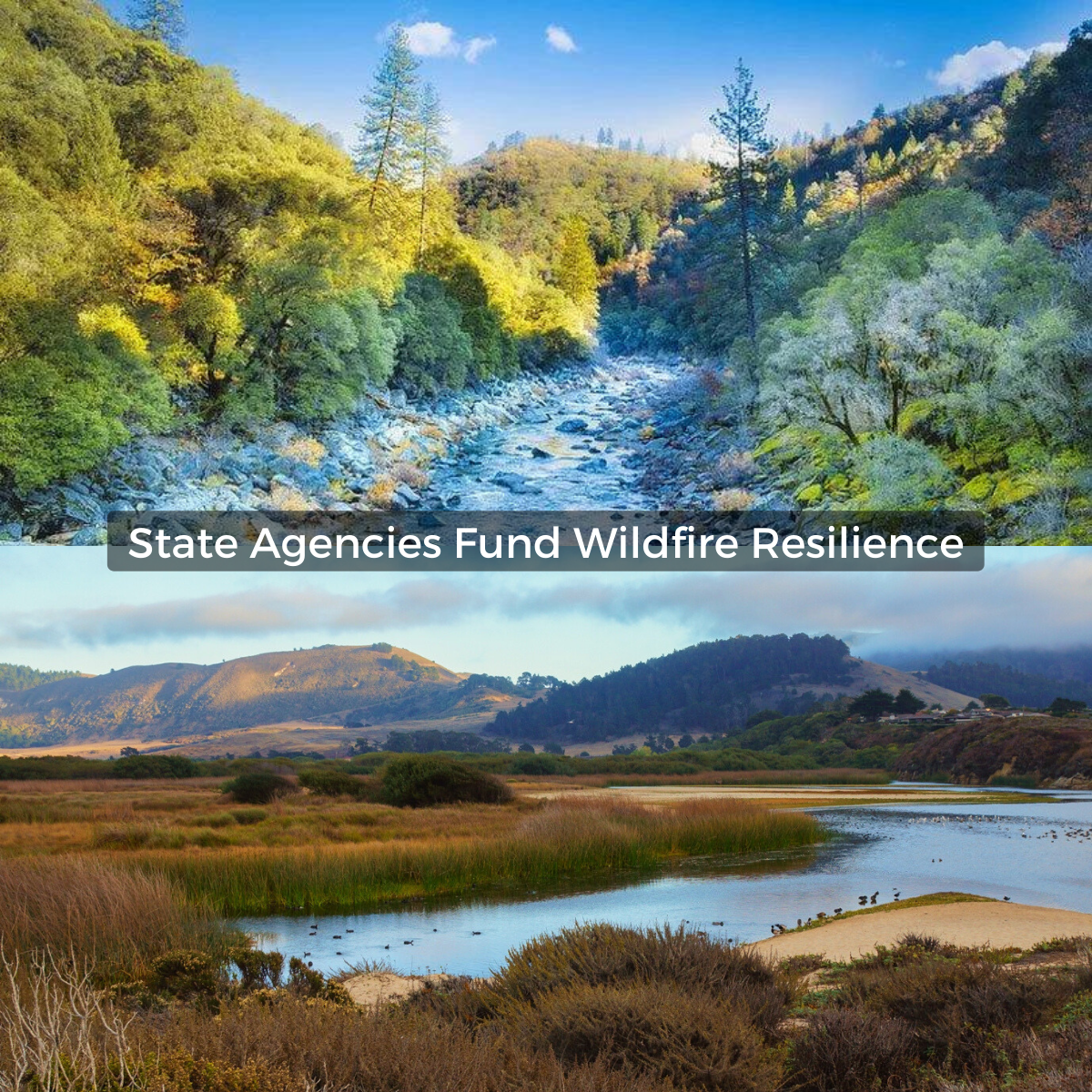
State Agencies Fund Wildfire Resilience, Habitat Restoration and Conservation Projects
State Agencies Fund Wildfire Resilience, Habitat Restoration and Conservation Projects:
State Coastal Conservancy $78 Million for Climate Resilience, Public Access, Habitat Restoration and Wildfire Resilience: On June 1, the State Coastal Conservancy approved nearly $78 million for 34 projects to protect and restore coastal lands, increase coastal resilience to climate change, improve public access to the coast, and reduce the impact of wildfire on coastal lands.
SNC Approves $22.5 Million to Build Resilience, Boost Recreation, and Conserve Land: On June 1, the Sierra Nevada Conservancy (SNC) approved roughly $22.5 million for 24 different projects that will benefit wildfire recovery and forest resilience, expand recreation opportunities, and conserve strategic land throughout California’s Sierra-Cascade region.
